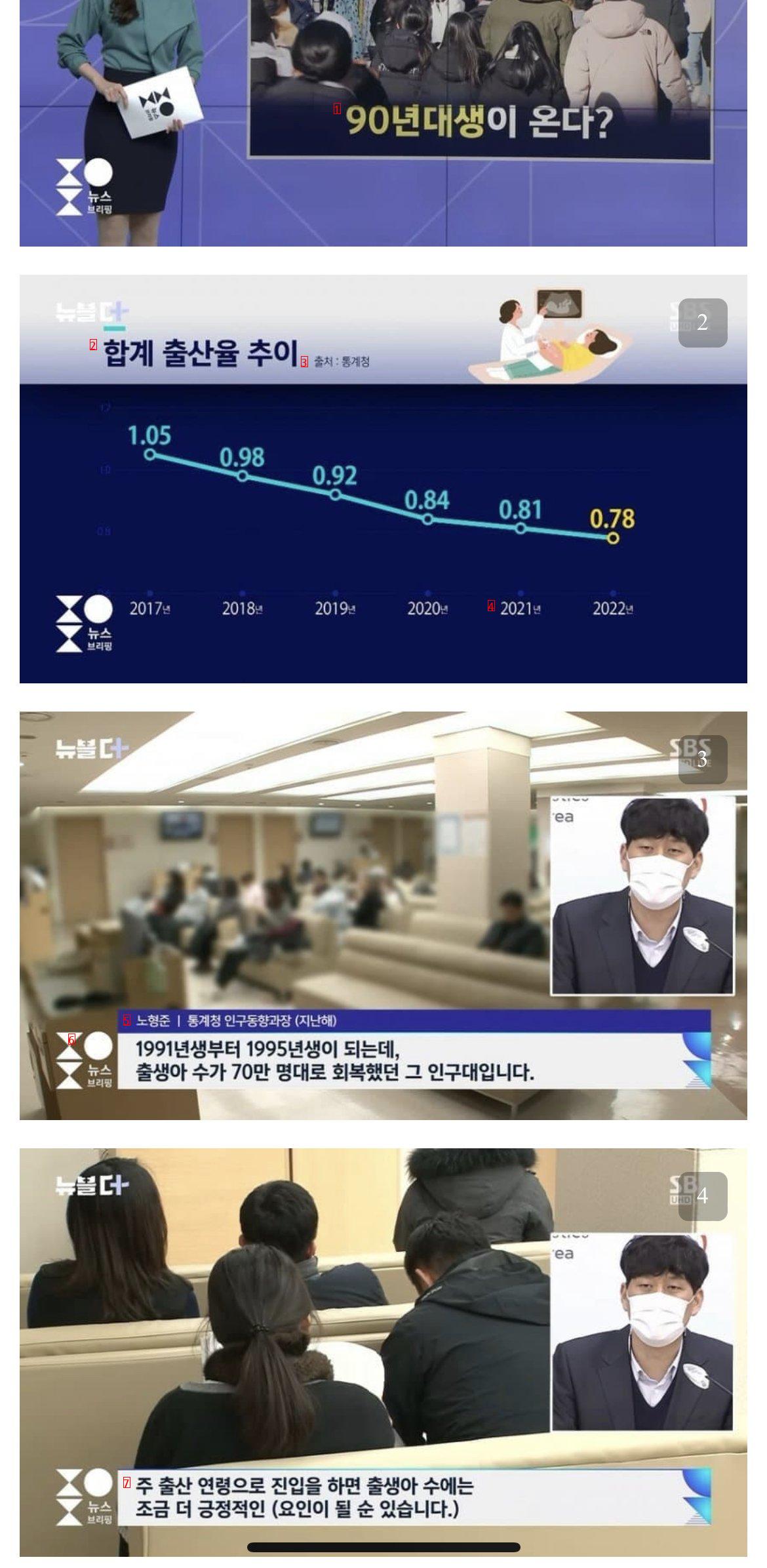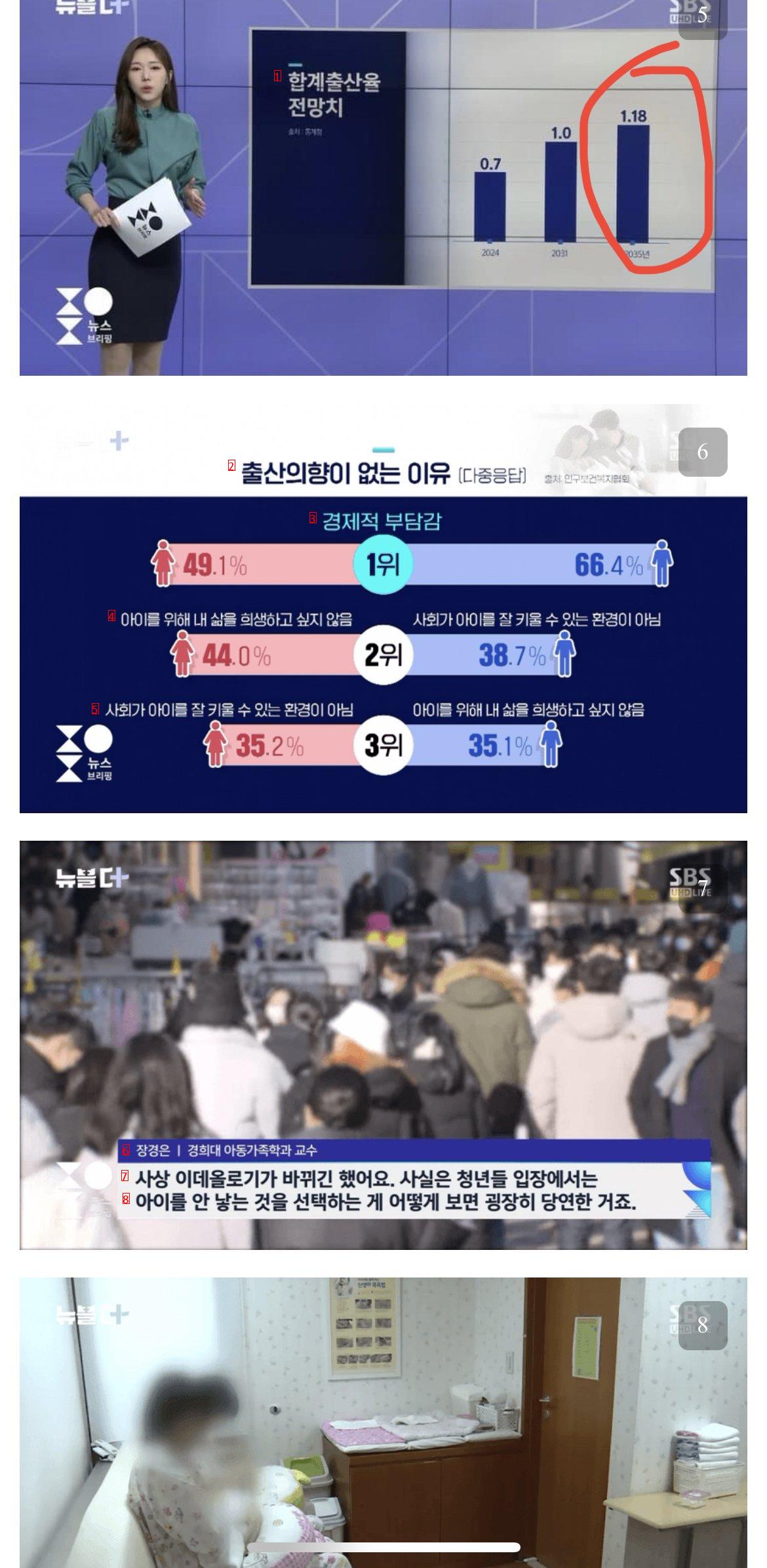
image text translation
(1)A person born in the 90s is coming.
(2)Total fertility rate trend
(3)Source Statistics Office
(4)The year 2021.
(5)Roh Hyung-joon, head of the population trend department at the National Statistical Office
(6)● I was born in 1991 to 1995.
(7)If we go into the state fertility age, the number of births…
(1)Total fertility rate forecast
image text translation
(2)Reasons for unwillingness to give birth Multi-response Population Health and Welfare Association
(3)an economic burden
(4)I don’t want to sacrifice my life for my child 440
(5)I don’t want to sacrifice my life for my child unless society is an environment where I can raise my child well.
(6)Jang Kyung-eun, a professor of children and family studies at Kyung Hee University.
(7)Ideology and ideology have changed. From the perspective of young people,
(8)It’s natural to choose not to have a baby.
(1)As I told you in the main news, there are 249,000 children born in Korea last year.
image text translation
(2)Compared to a decade ago when 480,000 people were born, it’s half-way down.In fact, I’ve never heard of such a small number of children before, so I’m not surprised anymore.
(3)The number of children a woman is expected to have in her lifetime is called the total fertility rate, which is 078.
(4)It’s the only OECD country that has less than one person, and even that’s unrivaled last place.
(5)It’s a little gloomy, but the government is hopeful.
(6)It’s the same population that was born from 1991 to 1995, and the number of babies born has recovered to the 700,000 level.
(7)Entering the state fertility age could be a more positive factor for the number of births.
(8)Literally, there’s a lot of young women born in the ’90s.I was born in the 90s, and those born in the 90s are bound to be puzzled.
Statistics Korea analysis
31 years and 100 years.
Forecast of 118 in 35 years